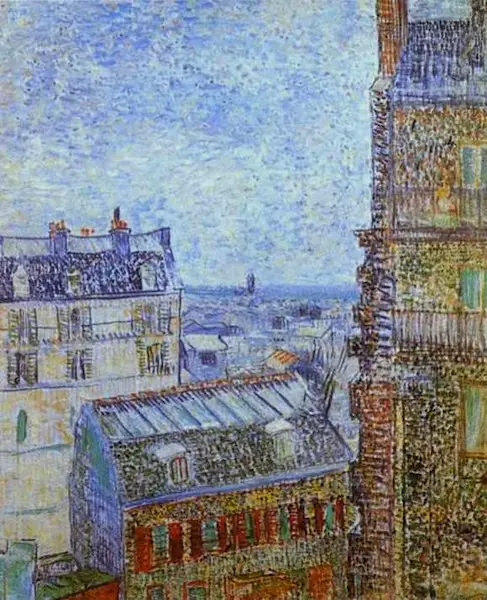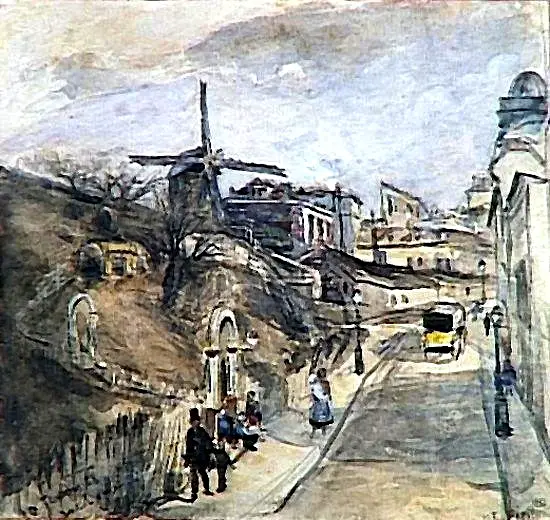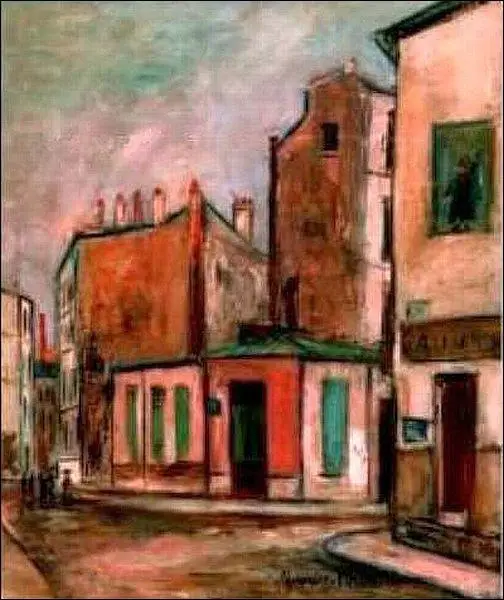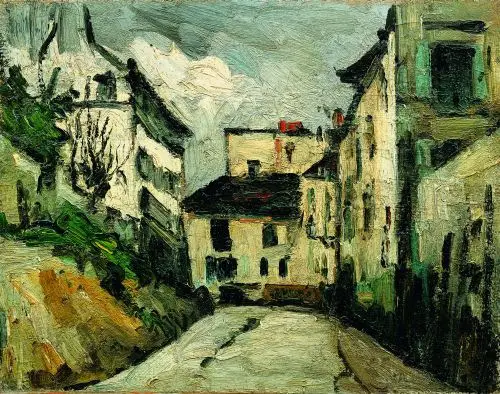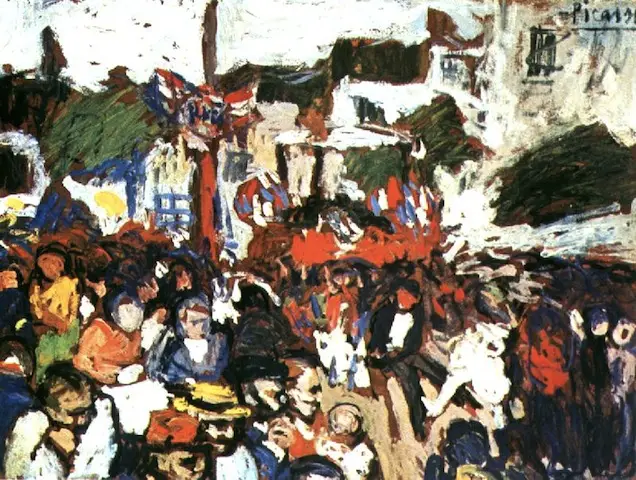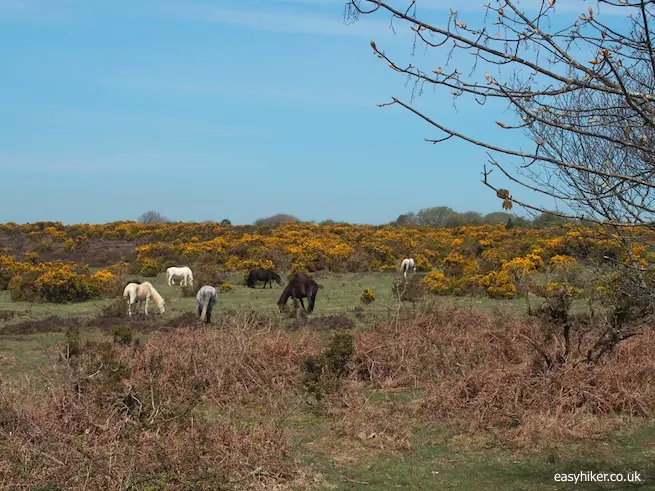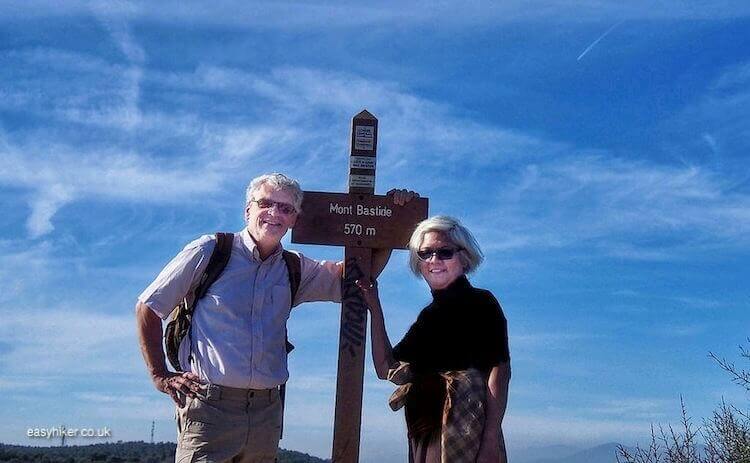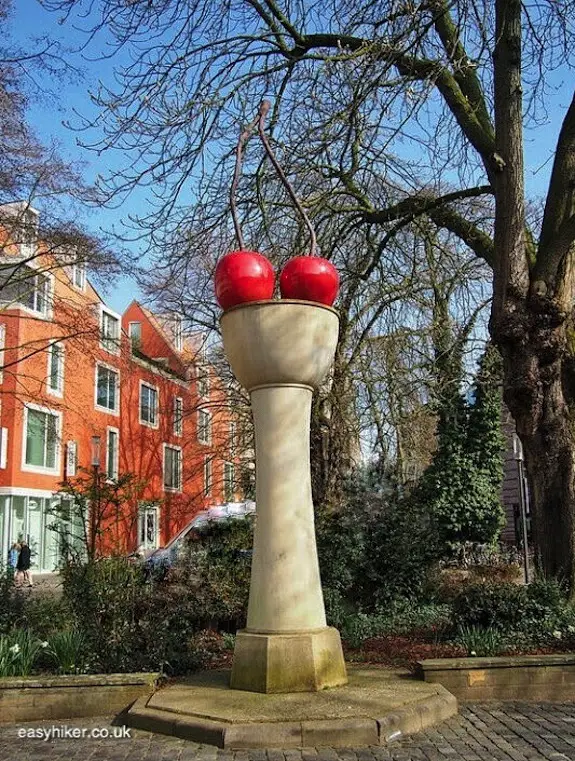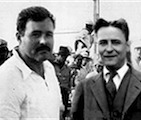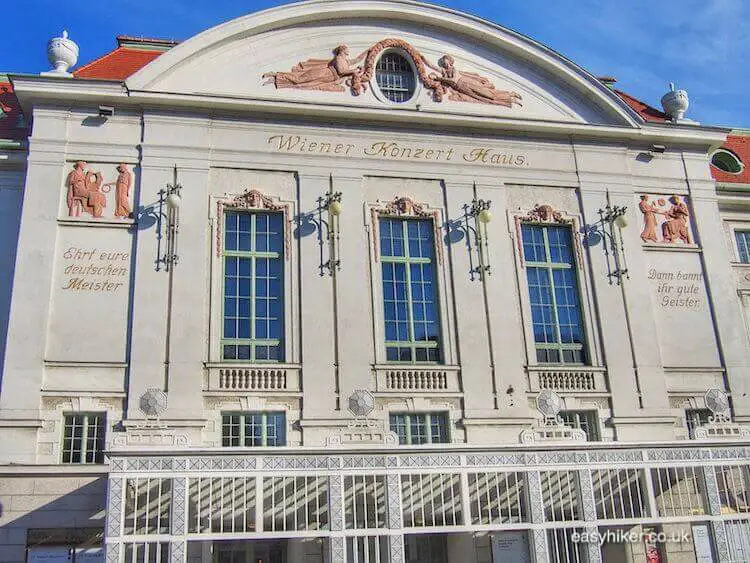Paris Urban Walk I
Walking Paris – The Artists of Montmartre
The Parisian district of Montmartre has a unique position in art history. During one relatively short period in the late 19th and early 20th century, altogether not much longer than 20 years, nearly all the greatest painters of their time lived and painted here.
Hundreds of world-famous works of art were created in the process – in what is, by any means, a very small area: essentially no more than a couple of blocks on the south side of a hill on the northern fringes of Paris – and together laid down the foundation of modern art.
There is no other place in the world where you can simply walk into a dozen “masterpiece sceneries” within, say, one hour – which is exactly what we are going to do today.
Take the metro train to the station Blanche (line 2, half a dozen stops from the Etoile stop on the Champs Elysees). Straight ahead of the exit, you will immediately see the Moulin Rouge, the area’s most famous night club, immortalized by the works of Toulouse-Lautrec. His best painting of the Moulin Rouge is probably the one where the green-faced Jane Avril almost falls out of the frame on the right hand side, but this one …
… gives you a better feel for the original interior (destroyed by a fire in 1915). Until the Moulin Rouge, nightclubs had been fairly, ahem, intimate affairs, a man on a piano with a few, ahem, dancing girls. The Moulin Rouge industrialized “clubbing” and took it into the 20th century, breaking new ground similar to what Caesar’s Palace did for casinos a hundred years later.
Turn right into the market street of Rue Lepic (this is where much of the movie Amelie was shot, by the way) and turn left at the end. In no. 54 on your right hand side, Vincent van Gogh lived for roughly two years as a guest of his brother Theo. This was a relatively quiet and peaceful period in Vincent’s restless life. He did a lot of walking, largely down the north side of the hill – which was still covered with allotments at the time – and further all the way to Saint Denis and Aubervilliers. He also painted a few pictures, of course, including this one that shows the view from his room on the 3rd floor.
You would get much the same view today – with one exception. Can you guess the difference? (I will give the answer a little further down.)
Cast a glimpse left into Rue Tourlaque: the flat with the big window you can see on the next corner (the far left hand side of Rue Caulaincourt) was the studio of Toulouse-Lautrec from 1886 to 1897. (Yes, that’s southern exposition, killing another myth about painters.)
Continue further up Rue Lepic, approaching – behind the sweeping right hand curve – the famous landmark of the Moulin de la Galette.
This picture – painted by the impressionist Ludovic Piette around 1860 – gives you an idea what this section of Rue Lepic would have looked like at the time. Don’t search the Sacre Coeur: that was not yet a twinkle in the eye of its architects. (It was only completed in 1912. The major landmark you would see in today’s view from Vincent’s studio, by the way, is the Eiffel Tower.) In the late 19th century, the windmill stood at the centre of a famous beer garden, the backdrop for one of impressionism’s most famous paintings, Auguste Renoir’s Bal au Moulin de la Galette.
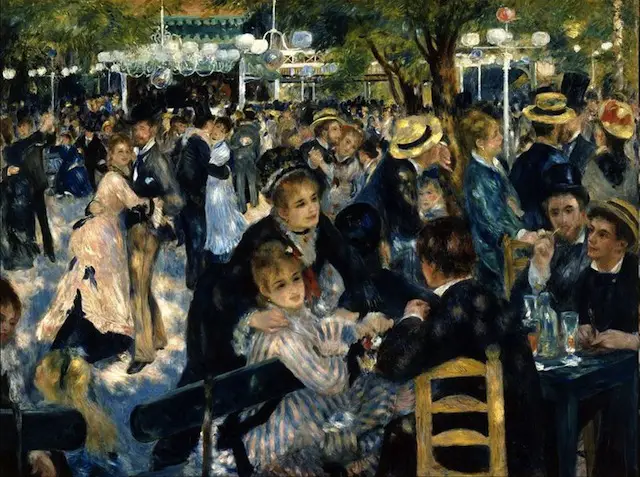
About a hundred meters further up Rue Lepic in this Paris urban walk, you will run into the second of the famous Montmartre windmills, called the Moulin Radet.
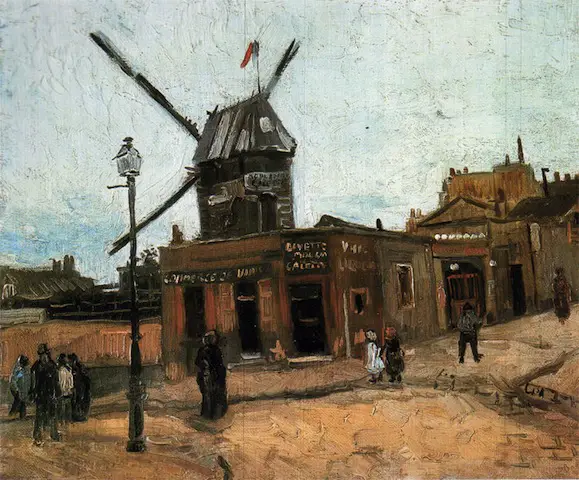
This is another one of Vincent’s paintings who, it is said, learned to paint outdoors in Paris. They also say that this was when he adopted the impressionists’ colour range, although this one still appears to owe much to the Flemish tradition of drenching everything in a hue of dark brown.
Turn left after the windmill and continue straight across Avenue Junot, following the sweep of the street into a right hand turn up Rue de l’Abreuvoir: a street so picturesque that painters largely abstained from using it as a motive, obviously agreeing they could not much improve upon it.
(The villa on the corner just before you turn right, called the Chateau de Brouillards, was for a long time the residence of Auguste Renoir – he painted the garden many times – and the place where his son, the movie director Jean Renoir, grew up.) Only Maurice Utrillo painted the Rue de l’Abreuvoir over and over again, from different angles and at different times of the year, probably because he grew up here: the Maison Rose on top of the street was his mother’s house.
From the corner, you can spot the Lapin Agile on your left hand side, a famous bar once owned by Aristide Bruant, the guy with the scarf from the Lautrrec poster. Go on, have a look, but return to this corner and continue up Rue des Saules, walking straight into this scene painted by Paul Cezanne.
At the end of the street, turn left into the centre of Old Montmartre, right up to the Place de Tertre. (To recognize the view, painted by Utrillo, you have to turn around. This was painted in 1917, in what was probably the Tertre’s last quiet moment.)
At the end of the square, turn right and around the Sacre Coeur Basilica until you can see it in its full glory. This is what Georges Braque made of it …
… confirming, perhaps, that Cubism works better with some motives than with others.
Speaking about which: it’s time now to pay the old man a visit to whom modern art probably owes more than to anyone else.
Turn your back on the Sacre Coeur and take down the long, tree-lined stairway (called Rue Foyatier: the one on the right of the Funiculaire cable car station) walking down one level before turning right into Rue Gabrielle. Continue down this street, past Pablo Picasso’s very first studio in Paris (on your left, no. 49) to the one in the famous Bateau Lavoir atelier (on Place Emile Goudeau) where he painted his breakthrough picture, the notorious Desmoiselles d’Avignon.
Picasso was another guy, by the way, who was not overly fascinated with scenes from Montmartre’s street life, at least not when you judge by his record of painting them. There is only a single one I could find, called “The 14th of July, Montmartre” – but where in Montmartre?
Your guess, dear reader, is as good as mine. This is as close to “full abstract” as Picasso ever got.
Cross the square in front of the Bateau Lavoir, continue down the hill and then turn left on the main street for the Metro station Abbesses. From here, trains will take you to the Orsay museum or the Pompidou where you can look at more paintings.
Alternatively, if you think you have had enough modern art for the day, turn right to have a drink in one of the many fancy bars of the area, outside if the weather allows. I know what Picasso and Toulouse-Lautrec would have done.


